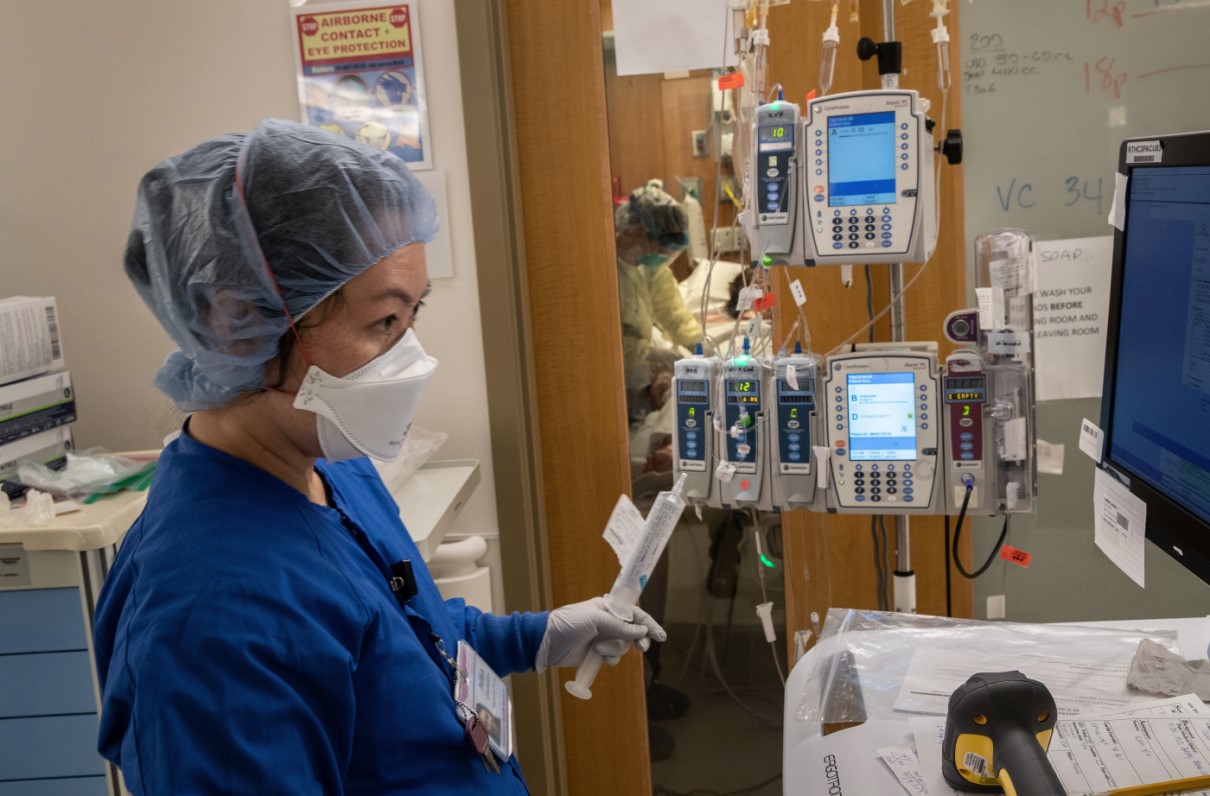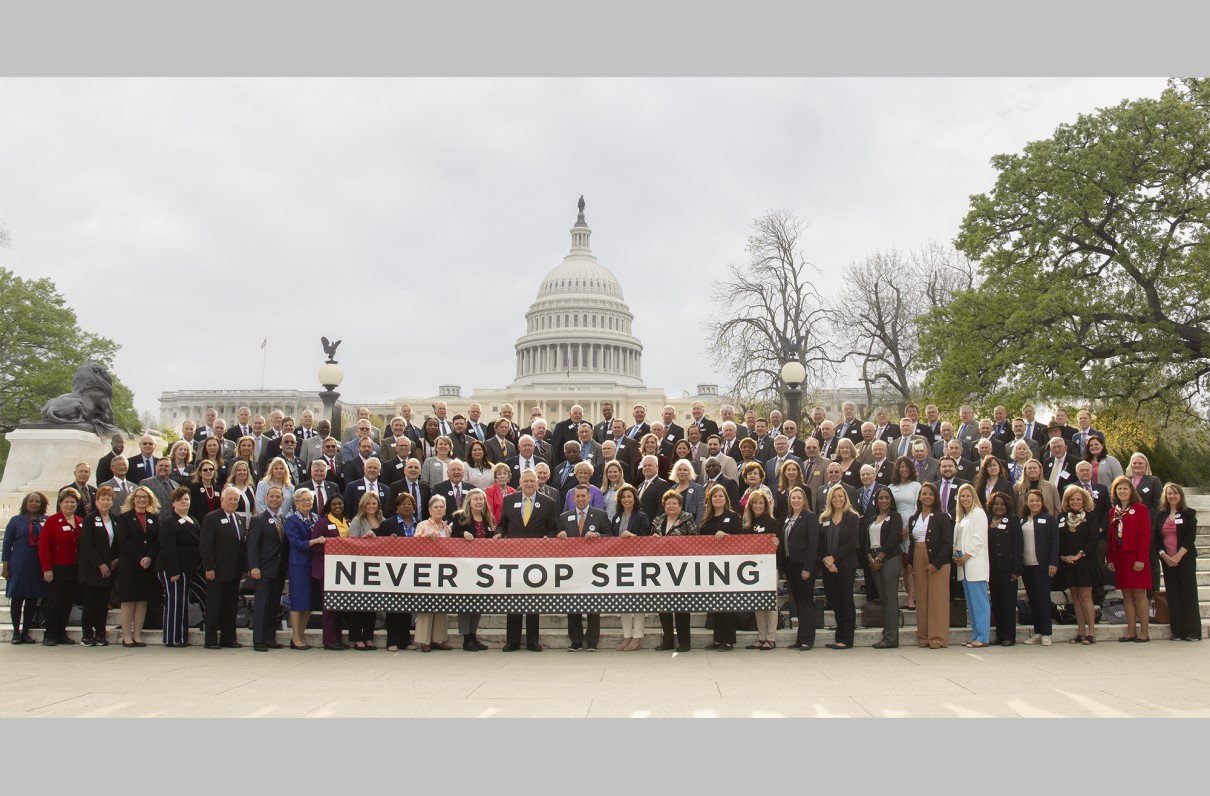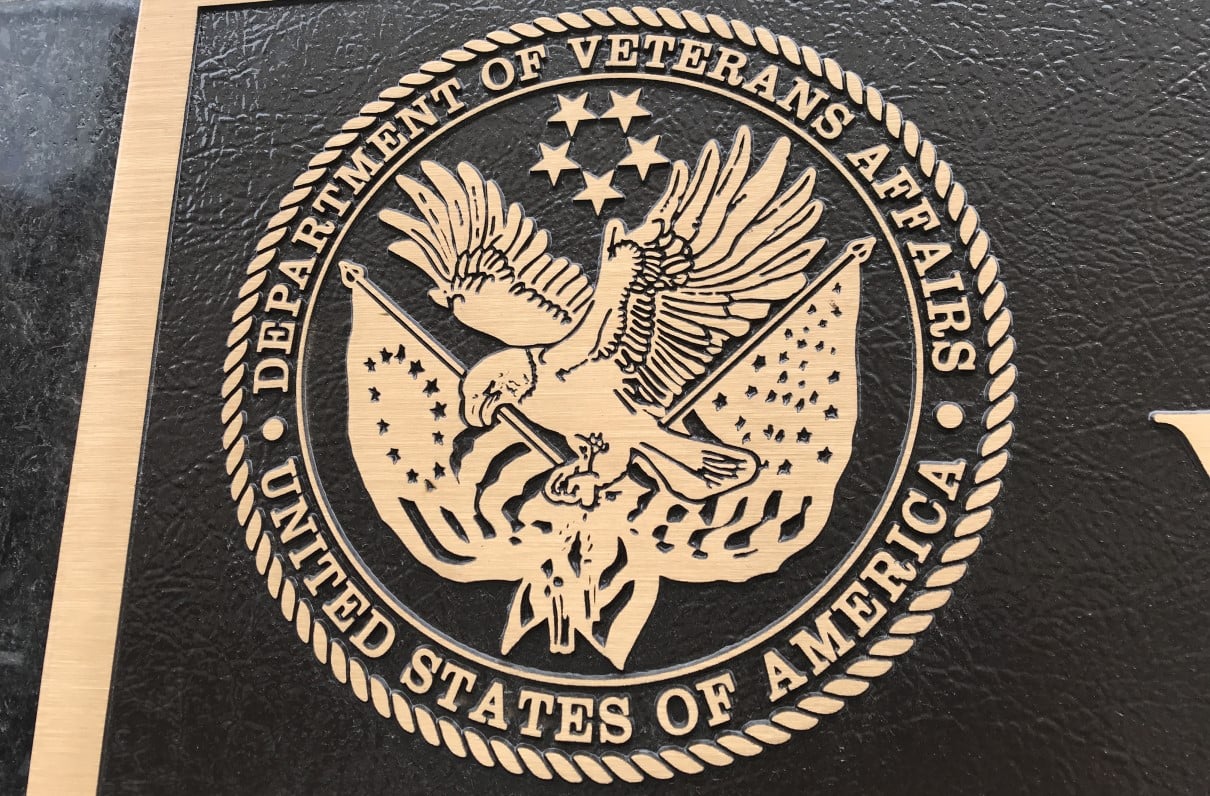As dire economic news continues from all sectors, it’s not surprising that private health systems are feeling the strain – layoffs and closures could affect patient care well after the focus shifts away from COVID-19 response.
One report puts job losses in this sector at nearly 800,000 by June. It’s a sobering statistic for all patients, but especially for those in the military community whose access to nearby Military Health System (MHS) facilities was already slated for cuts. And it’s one reason behind the issue at the heart of MOAA’s ongoing Virtual Storming the Hill advocacy effort.
[LEARN MORE: Virtual Storming the Hill 2020]
MHS reforms stemming from the FY 2017 National Defense Authorization Act (NDAA) announced prior to the COVID-19 outbreak would remove military retirees and family members of those currently serving from the patient rolls of dozens of military treatment facilities (MTFs). The moves could affect about 200,000 beneficiaries.
DoD’s plan for these individuals is a simple one: They would turn to private-sector providers in their region for their medical care.
Even before the COVID-19 pandemic, MOAA expressed concern that the private sector may not be able to provide timely, top-notch care to these beneficiaries, and had sought more details on DoD’s analysis of care options in areas where MTF access would be limited. Lawmakers shared similar concerns during a March hearing.
While DoD has paused MHS reforms during the pandemic, signs and a congressional mandate point to the plans restarting after the outbreak subsides. This policy poses such potential danger to the military health care benefit that asking Congress to update the MHS reform strategy based on the fact that conditions have changed is the singular focus of MOAA’s Virtual Storm efforts.
[TAKE ACTION: Ask Your Lawmaker to Preserve the Military Health Benefit]
From the outset, MOAA recognized not all efforts to reform military medicine were off the mark – some effort needed to be focused on eliminating redundancies and improve patient care, and standardization between military services was a goal most people could get behind. Currently, MOAA is not advocating for a plan based solely on creating and resourcing a capability to match the demand we see today, especially since this demand may not be experienced again in decades. Rather, MOAA supports a whole-of-government plan that can leverage our varied talents today and surge if and when needed.
It is intuitive these reforms must take new data points into account. One key data point is the weakened state of private sector care in the wake of this pandemic, and what that could mean for about 200,000 TRICARE users seeking new providers in regions where medical offices may be operating at limited capacity … or worse.
Please contact your lawmakers and ask them to stand with MOAA in this request. Visit MOAA.org/MOAAStorms for more information about how you can support MOAA’s efforts, along with details on proposed reforms to military medicine. Don’t forget to spread the word and include the hashtag #MOAAStorms in your social media posts.
Support MOAA's COVID-19 Relief Fund
Donate to help The MOAA Foundation address emerging needs among currently serving and former uniformed servicemembers, retirees, and their families.



